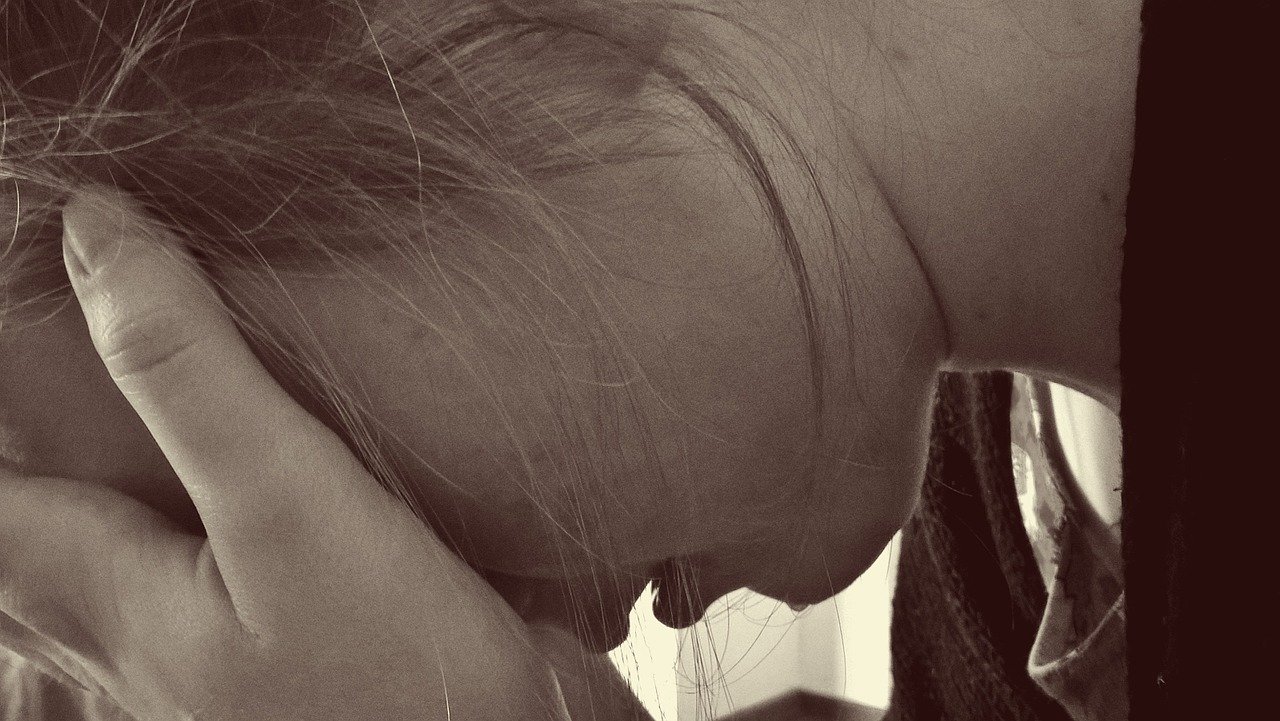Peer Violence – What to Do About it?
Peer violence has been a problem for a while now. Peer violence if often related to people in their highschool years, teenagers, who get into various fights or get physically bullied. Where does this kind of behavior stem from? Why do people choose to express their emotions this way?
More importantly, what can we do about such a growing phenomenon, which is by no means a good one. To understand better, let us take a deeper dive into peer violence.
Peer Violence – Verbal and Physical

Peer violence is more often than not, verbal, or textual. Often, children will message mean texts to other children or resort to verbally abusing other children, for these or those reasons. The reasons are often that the others feel empowered to do so and base their behavior on a dominant, submissive type. The dominant ones will usually bully the submissive ones for whichever reason they find appropriate, real or imaginary. The moral ground is often shaky or non-existent. This usually keeps up unless somebody steps in and stop is, usually spectators, other peers. Underlying issues often lead to this type of behavior, but that requires a study of its own, not a couple hundred words.
What to Do About Peer Violence
The best way to treat peer violence is to start with the parents. Education about peer violence is often done through the victim, aggressor and the parents, of both parties. The parents/caretakers are often the primary source of the behavior, and then the society surrounding the parties, immediate and more distant. Education of parents often proves more difficult than that of the children, unless they are already too far gone, in other words, they have abused or have been abused for a long time. The best way to deal with this is at the very start, when the first symptoms are shown, as a parent, first, and if that fails, as a teacher or even specialist.

Other Ways of Prevention
If peer violence is already taking place within a certain class, for example, making the children do group work is a way of solving things, but grouping strong-willed children with the aggressor, as well as the victim, especially if the former will stand up for the victim.
Children who are given power to act as adults and judge the behavior of others will also be prone to making correct decisions, especially if they are guided towards them, anti-violence decisions, verbal or physical.
Peer violence takes place in elementary and high schools for most of the time. Aggressors, victims, parents and teachers all need to be educated in order to prevent or remedy these situations. Acting before anything violent happens is the best way to solve it.




